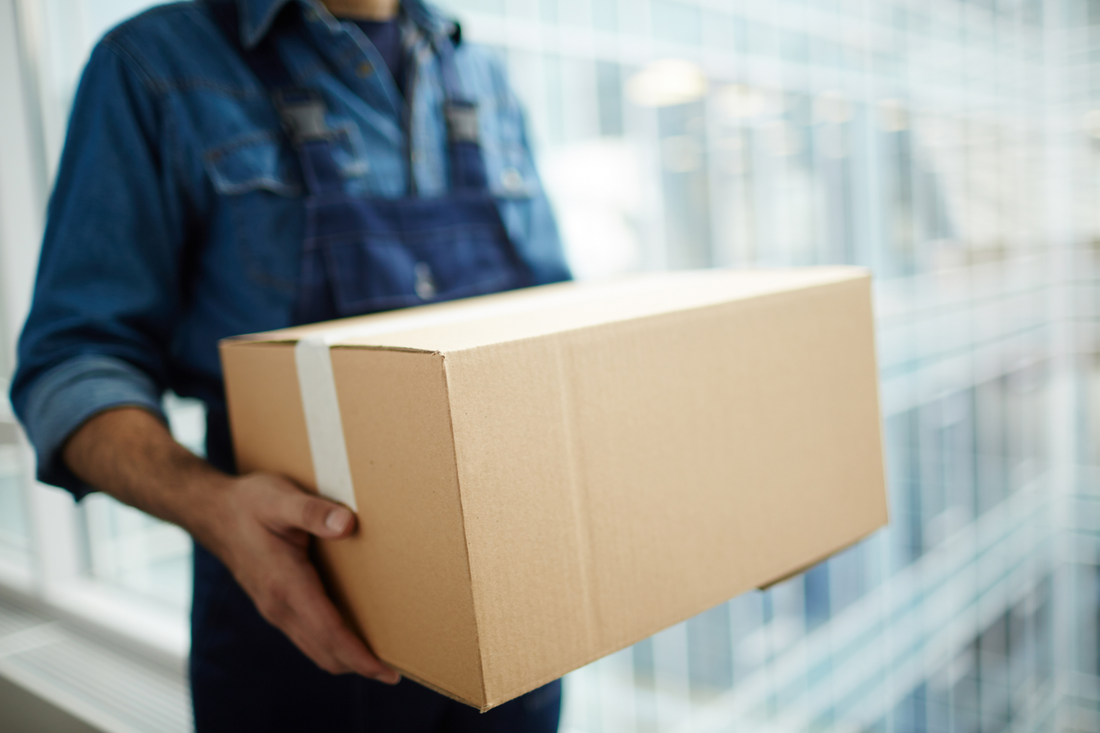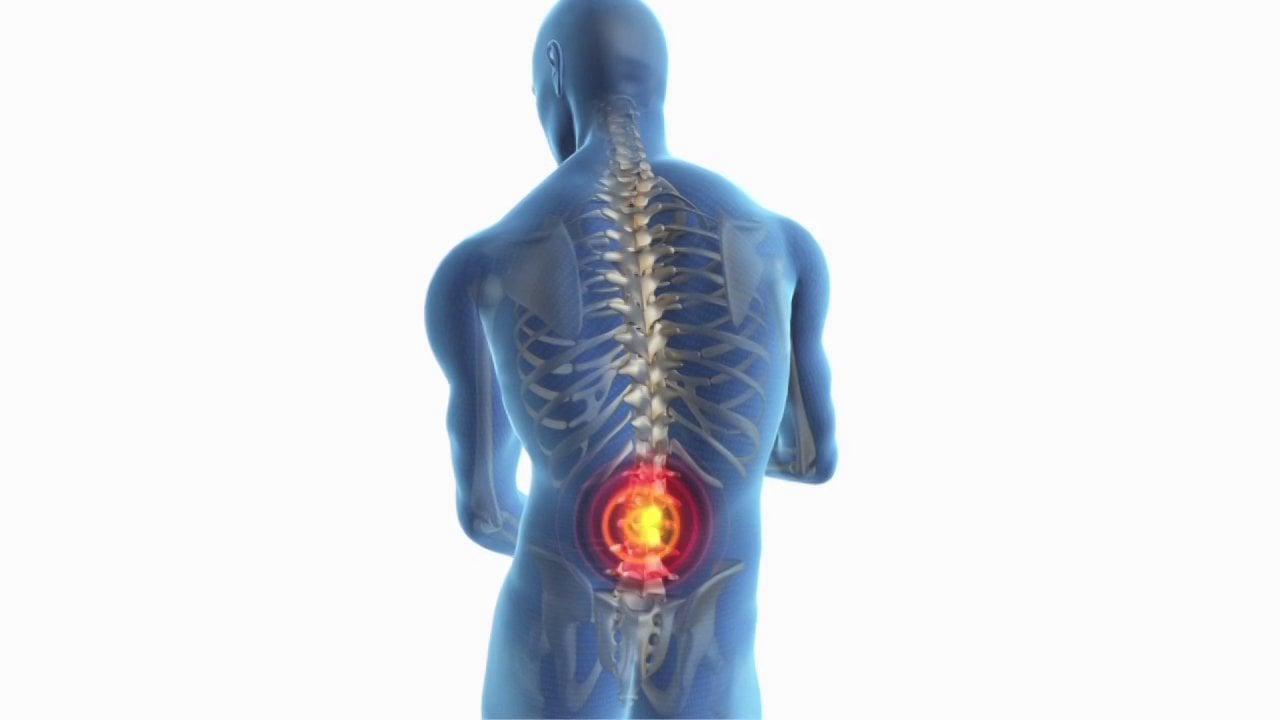
Tips for Lifting and Carrying
In recent years, health and safety training for office workers has tended to focus on the setup of their desks, offering suggestions to ensure their comfort and to reduce preventable injury. That’s understandable given that we spend an awful lot of time sitting at our desks and working on computers.
Yet we still lift objects. We still carry heavy items. When fresh new printing paper arrives in the office, boxes need to be shifted. There’s always something that needs to be moved.
But having taken our focus away from safe lifting and carrying techniques, easily preventable injuries continue.
In this blog post, we’ll offer some tips on the safest ways to lift and carry heavy and awkward objects. Remember that even those items that you don’t weigh much can cause injury if lifted incorrectly.
Our time sitting correlates to increased injuries when lifting, so we’ll offer some tips on how to reverse the effects of sitting for such long periods.
Away we go.
First Things First - Check the Size
This tip is likely to sound a little silly to those of you who have legs like tree trunks and ripples of muscles across your back, but even a small package can be heavier than it looks.
The problem with lifting without looking is that a number of factors have not been taken into account. Is this item heavier than it initially appears? If we can’t see inside, do we know what we are lifting? Where is the weight spread, and should we account for this in our lifting technique?
All of these questions should be answered before you decide to go ahead.
And please - don’t lift without thinking just to show your strength. If lift goes badly and you can’t bend your back for a week, then you’ll only end up looking silly.
The Lift Itself - Step by Step
Assuming your to-be lifted item’s weight is evenly spread and light enough to be lifted by one person only, follow this process to be safe.
Form a strong base - Make sure you’re balanced with a shoulder-width stance. One foot should be placed slightly in front of the other to offer flexibility when bending. Wherever possible, perform a lift on a flat surface.
Getting down - The next stage is the squat. For those who aren’t quite as flexible as they once were, this can be a struggle. The difficult part is ensuring that you do not bend your back but use your knees and hips only.
If squatting is too difficult, then you can place one knee on the floor before lifting the item.
- Maintaining Posture - The squat isn’t easy, but keeping a straight back and looking straight ahead is one of the best ways to ensure you perform it properly. Your lower back will bend slightly but as long as you’re not performing the lift with your back, you should be fine.
- Take Your Time - Lift the item slowly, making sure you have a good balance throughout. Remember: the power for your lift should come from your legs, not your back.
- Don’t Swing - When moving your item try not to swing it, regardless of how light it is. Keep the item in front of your hips and keep hips and shoulders aligned.
- Arrival - When you’ve arrived at the place you want to put your item down, simply perform the lift in reverse. Straight back, bend with hips and legs, place the item on the floor.
It’s as easy as that! Here’s a video to demonstrate three techniques for lifting safely.
So there we have a list of things you should be doing. And here is a little selection of things that you certainly should avoid to lift safely.
- Try not to hold your breath when lifting. Though this might feel completely natural to do, it isn’t a good idea. Exhaling opens the lungs and tightens muscles to offer further support in your lift.
- Never lift with one hand. Bad idea. You can hurt yourself and damage whatever the object you’re lifting.
- Don’t lift and carry any item that blocks your vision. Nasty consequences of trips or falls will be multiplied if it happens while you’re carrying a heavy load.
Learning to Prevent Problems
Now that we’ve got an idea of how best to lift and carry objects, we’ll move on to preventing some of the unfortunate consequences of working at an office.
Working at an office results in sitting for lengthy periods. As well as being tied to weight issues, sitting for hours tends to weaken muscles we rely on for good posture and a strong core, as well as a strong lower back - all of which are required for lifting safely.
Here are some ways to help reverse the effects that sitting has on your body, so that you can build a stronger core and lower back for improved safety when lifting.
Stretch It Out
Sitting down all day leads to tightening of the hips. To remedy this, you really need to stretch your hips to loosen then, before going on to do some strengthening exercises. Obviously, these will be undertaken in the privacy of your own home, not the office!
The Grok Squat is a brilliant way to flex those hips. Here’s how:
- Squat down, keeping your heels firmly on the floor. If possible, keep your weight on your heels rather than your toes. Make sure your back is straight. Place your elbows between your legs and slowly press your thighs apart. You should feel a stretch in the thighs and the hips. Hold for 30 seconds and do this for a set of 3.
Modified Pigeon Pose is a yoga pose modified for ease.
- Find a table at a comfortable height and place a leg onto it, bending 90 degrees at the knee. Make sure you have a solid foundation and slowly lean forward, over the table. You should feel a deep stretch in the glutes. You can lean different ways to stretch different parts of your glutes and hips.
Strengthening
After stretching, you’ll need to strengthen. This is the only way to stop your muscles becoming weak and tight again.
- Because your glutes are not used when sitting, they’re likely weak. They do a good job of supporting your lower back and pulling in your pelvis, so are really helpful to stop pain and prevent further injury.
Lie on your back with your knees bent. Press your heels into the floor and bring your back off the floor by tenses your glutes to form a “bridge”. A good way to do this is to think about pulling your belly button towards the ceiling. Hold the bridge for 2 seconds and lower your back. Repeat 10 times for 3 sets.
- For a strong core, a plank is a good exercise to know.
Get into a push-up position. Extend your arms to their full height and use the strength in your core and stomach to hold your body off the ground. Aim for 30 seconds before releasing and do this for a set of 3. As your core gets stronger, you will be able to hold for longer.


